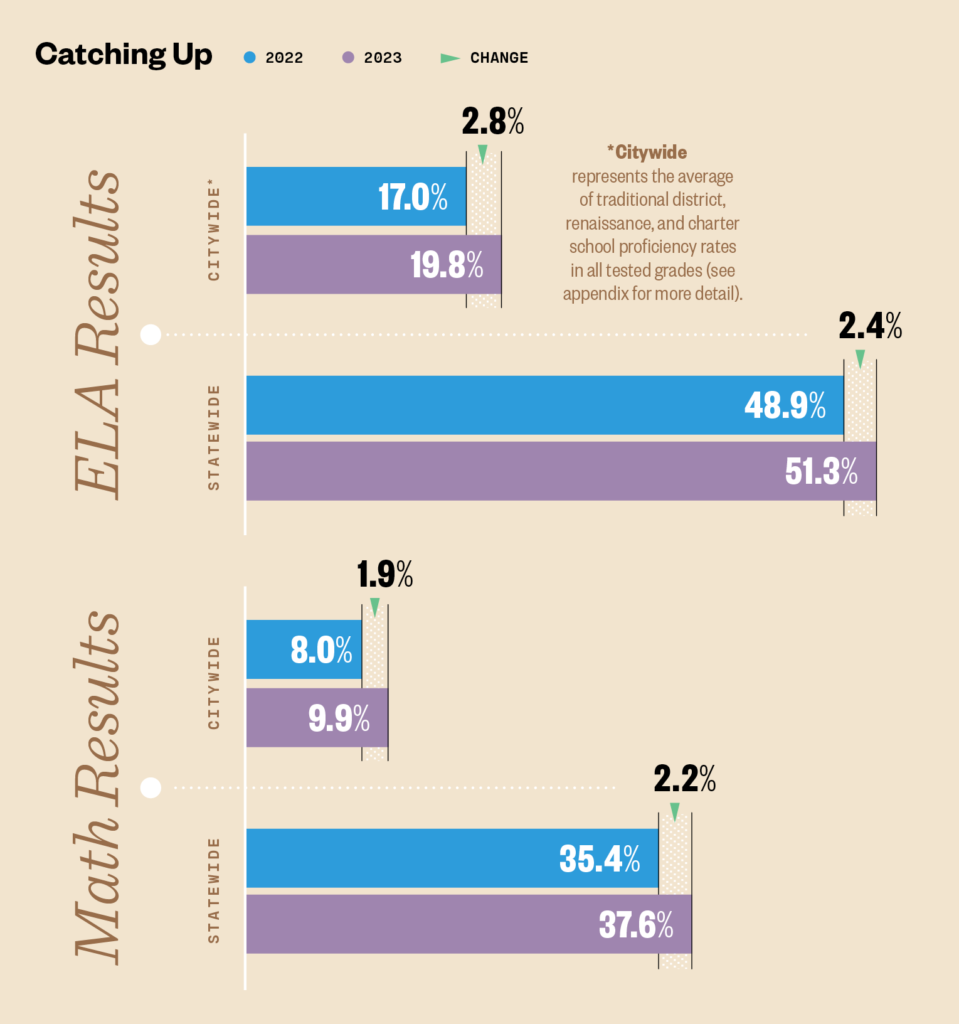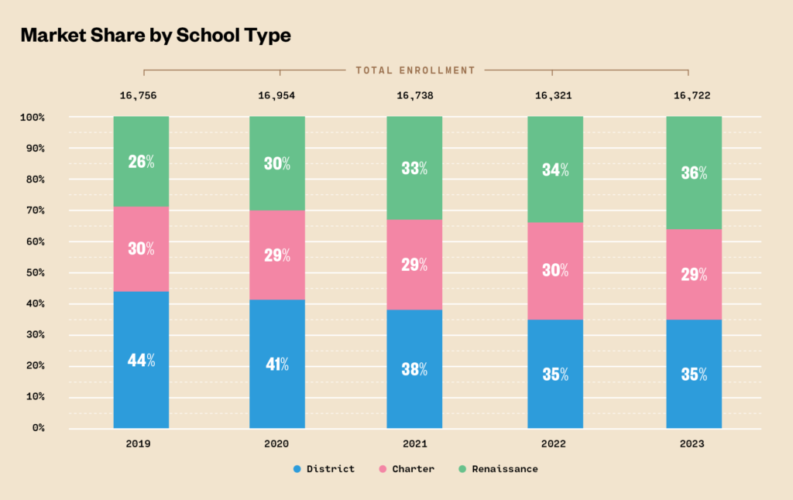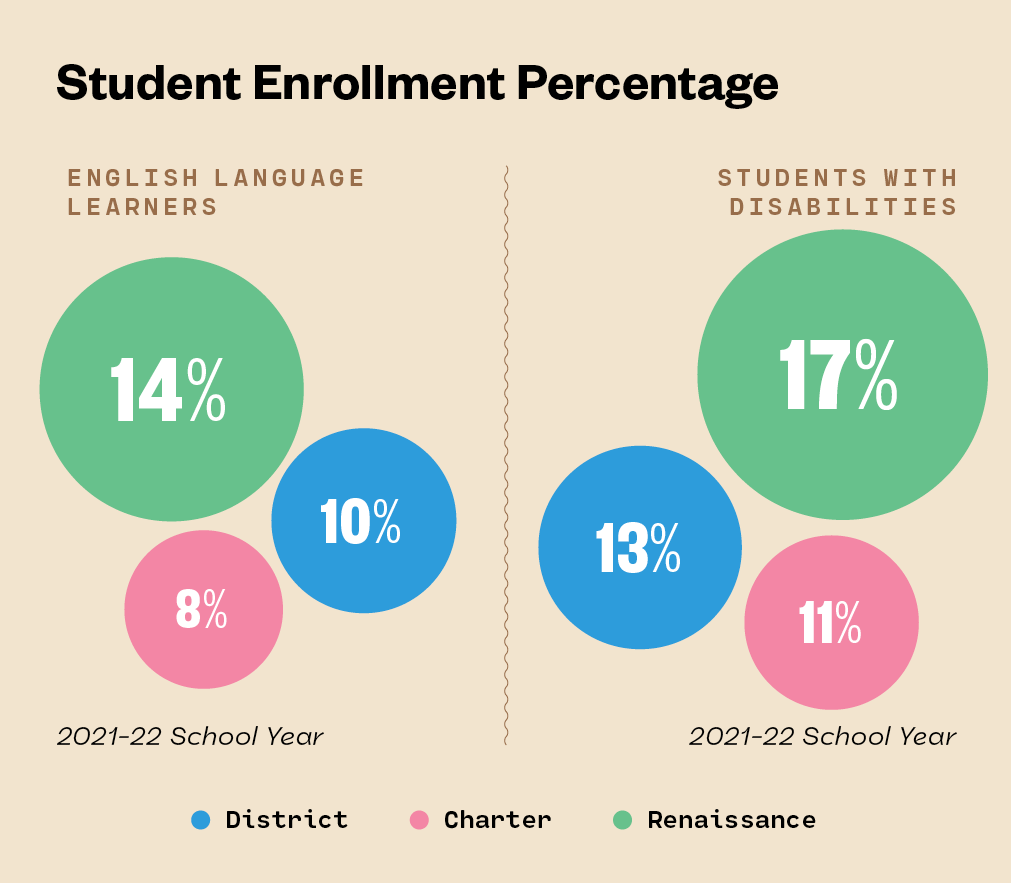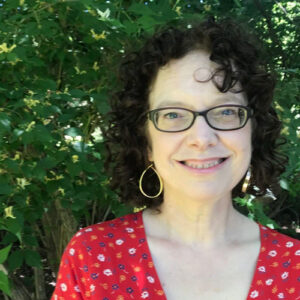How Is Camden’s Innovative School System Moving the Needle for New Jersey Students?
Waters: How district, charter and “renaissance” schools are working in tandem to drive meaningful gains for Camden’s students.

Get stories like this delivered straight to your inbox. Sign up for The 74 Newsletter
Amid all the bad news in the post-pandemic public education sphere, there is a bright spot in a surprising city, Camden, New Jersey. There, students, while suffering steep learning losses so common in low-income districts, are finding their way forward through the collaboration of three different public school sectors: district, charter, and an unusual hybrid called “renaissance schools.” These renaissance schools, authorized by a law that let Camden approve partnerships with high-performing, nonprofit charter school networks willing to take on the lowest-performing schools, are driving the city’s learning gains. As such, the story of Camden’s “comeback,” described in a new report by Camden Education Fund, provides a blueprint for an innovative model of public education, not just in New Jersey but throughout the country.
“Camden is home to one of the most innovative school systems in the country,” Giana Campbell, Executive Director of Camden Education Fund (CEF), said in an interview. “We are proud to serve as an example of what an equitable modern school system looks like when we come together across sectors to ensure that we have the best educators, that all of our students feel supported, and that families feel welcomed to participate in their success.”
It is worth looking back at the evolution of this South Jersey city, just across the Ben Franklin Bridge from Philadelphia, which was once the subject of a Rolling Stones article called “Apocalypse, New Jersey: A Dispatch From America’s Most Desperate Town.” Eleven years ago the NJ State Department of Education took over the district due to student to outcomes so dismal that 23 of the Camden City School District’s 26 schools ranked in the bottom 5 percent of the state, the high school graduation rate was 49 percent, and a total of three high school students scored “college-ready” on the SAT’s. Shortly after the takeover, the State Legislature passed the Urban Hope Act, which allowed three city school boards, Camden, Trenton, and Jersey CIty, the chance to approve nonprofit charter partners to act as “turnarounds”—take over failing district schools and transform them by providing whole-child learning and wrap-around services–with the district controlling enrollment. Newark and Jersey City declined to participate. The Camden board chose three charter operators: KIPP, Mastery, and Uncommon.
During this period student learning accelerated, first under the leadership of Superintendent Paymon Rouhanifard and now under his successor, Superintendent Katrina McCombs, a Camden native and long-time Camden teacher and administrator. A national study from Brown University, which analyzed state takeovers of districts from 2011 through 2016 for their effects on student achievement, found that in most students didn’t improve but in Camden they did. Research by CREDO at Stanford University showed by 2017 all students—traditional, charter, and renaissance— were achieving roughly 85 days more of learning in math and 30 days more in reading. And according to a 2018 study by Bellwether Education Partners, after the state takeover, Camden high schools saw their average high school graduation rates increase by 17 percentage points while elementary school students doubled their proficiency rates in reading and math.
Then Covid hit. Camden’s schools closed in March 2020 and, while younger students started returning in April 2021, the district wasn’t fully open until September, eighteen months after the initial closures. Like districts all over the country that primarily serve low-income students of color, proficiency levels plummeted. The gaps that had been closing pre-pandemic widened once again.
Yet, as CEF’s report, “Can Camden Students Continue the Comeback?,” points out, while “Camden students fell behind at a rate similar to statewide averages,” they “are now catching back up at the same rate statewide,” unlike many other urban districts.

In addition, while much of the country reports declines in enrollment, “Camden schools have seen enrollment remain steady overall,” with a 400-student increase from last year to this year.

Here is what has changed: While enrollment in district schools has dropped by nine percentage points in the last five years, there is a ten point increase in students enrolled in renaissance schools. (Traditional charter enrollment is steady.) Currently renaissance schools serve four percent more English language learners and students with disabilities than district schools.

Much work remains. Citywide, the chronic absenteeism rate is 51 percent. Social-emotional well-being looms large, with parents citing it as their second biggest concern, just after teacher shortages.(A non-profit called “Women of the Dream” is using a new grant from CEF to address middle school girls’ childhood trauma.). Student learning is still depressingly low: Improvements aside, four out of five students citywide are not reading at grade-level.
Yet the story of Camden seems to offer a holistic model built around effective options for families that other city school systems can emulate: When leaders recognize that the student outcomes are more important than which public school a child attends, when different sectors collaborate—supported with a district-run universal enrollment system—to bolster academic success, all students benefit. “Our collective efforts have demonstrated and revealed that all of Camden’s children, all of them, are valued, said said Superintendent McCombs at the reopening of the district’s Eastside High School. Or, as Campbell of CEF remarks, “We know that our students are gifted, our staff are dedicated, and our city is focused. By working together, we can ensure that Camden continues to rise.”
This analysis originally appeared at NJ Education Report
Get stories like these delivered straight to your inbox. Sign up for The 74 Newsletter

;)
